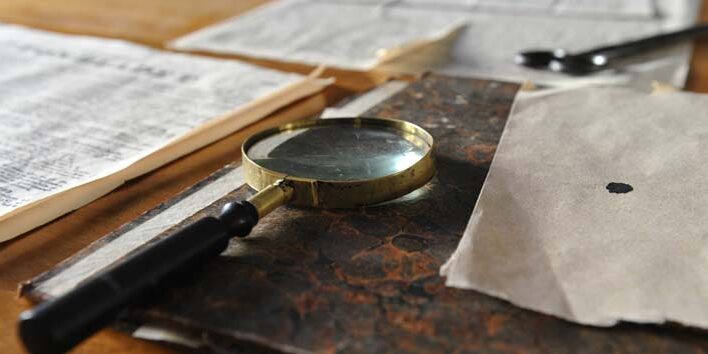~ Search by just the first few letters of a last name, with an asterisk at the end (for example, Ing*). This provides results that will include any names that start with Ing but end in any number of ways. This helps find names when the last few letters might be spelled wrong on the original record or transcribed incorrectly.
~ You can also use the above method to search with just the LAST few letters, for example *goglia. This is especially helpful with names that start with a prefix such as Di, De, D’ as well as names that start with letters that might have been difficult for the transcriber to decipher. Using this method, I once found a record where the surname was Cangialosi but it was transcribed as Oangialosi.
~ Search by just the first name of the child and/or the first names of the parents. Often, transcribers (and the people making the original records too) can recognize and know how to spell Maria, Vincenzo, Francesco, etc, but they may not be able to spell the surname as accurately because those are obviously much more variable. When you search by the first names only, you can then go through the results and look for any surnames that could be your surname spelled wrong. And if one parent has a particularly uncommon name, you might be able to find the child by just searching with that parent’s name. Alternatively, if the name of the parent is so different it might have been interpreted incorrectly, try searching by the child’s name and only one parent name.
~ Think about how search engines work—they are searching largely by the consonant sounds in a word. A search for Rizzo might show you results with Rizzo, Rizzi, Rizza, Rezza, Russo, etc, because they sound similar (unless you’ve requested an exact search). Where this gets tricky with Italian names is that sometimes consonants are silent (lasagna) and some sound differently if they are before a vowel. For example, Ciaccio sounds like Chi-ah-ch-oh, but a search engine might see it as hard C’s instead. So, try searching by the way a name might SOUND rather than by the true spelling and see what you find.
~ When looking for family members in America, consider what the surname means in English. I was recently working on a family where the surname was Cucchiaro and found the family members in the US using the surname Spoon or Spooner.
~ Try by married names and maiden names. Italian women keep their maiden names but when they came to America they usually started using their married names. However, it isn’t always the case so search by both!
~ Be wary of exact searches. Even though we know what the information should be, it wasn’t always recorded exactly right. I usually try very open searches and then refine as I go. And remember that A LOT of immigrants shaved a few years off their ages once they got here so ages are often a couple years off.
~ Play around with the above methods. I sometimes search by a surname with a range of years (but no first names) to find all the children in a family. Or I leave the surname off entirely and I search a range of years with just the first names of the parents. That’s actually how I found Rosalia Ingoglia’s birth record. I knew approximately when she was born, so I searched every child of a Vincenzo and Maria born in that time frame and scrolled the results. Tedious, but it worked!
- https://www.thoughtco.com/google-genealogy-style-1422365
- https://familyhistorydaily.com/genealogy-help-and-how-to/6-secret-google-search-tricks-for-genealogy-thatll-help-you-find-your-ancestors/
- https://www.familysearch.org/wiki/en/FamilySearch_Search_Tips_and_Tricks



